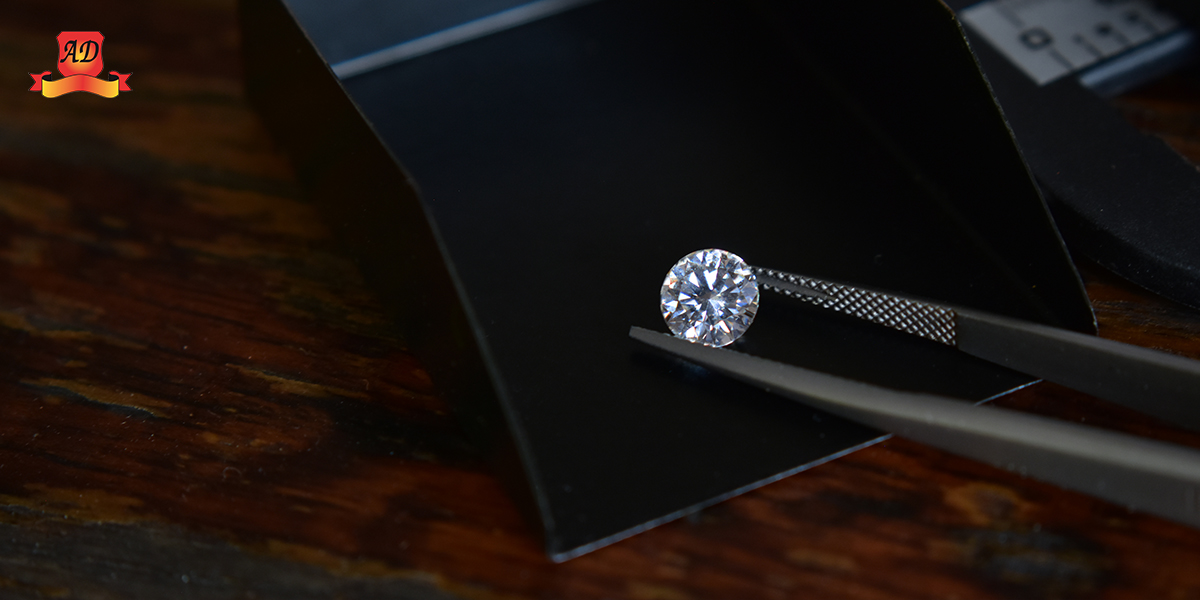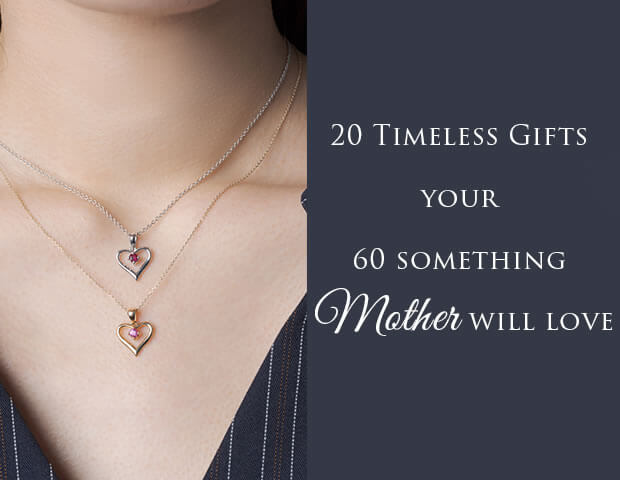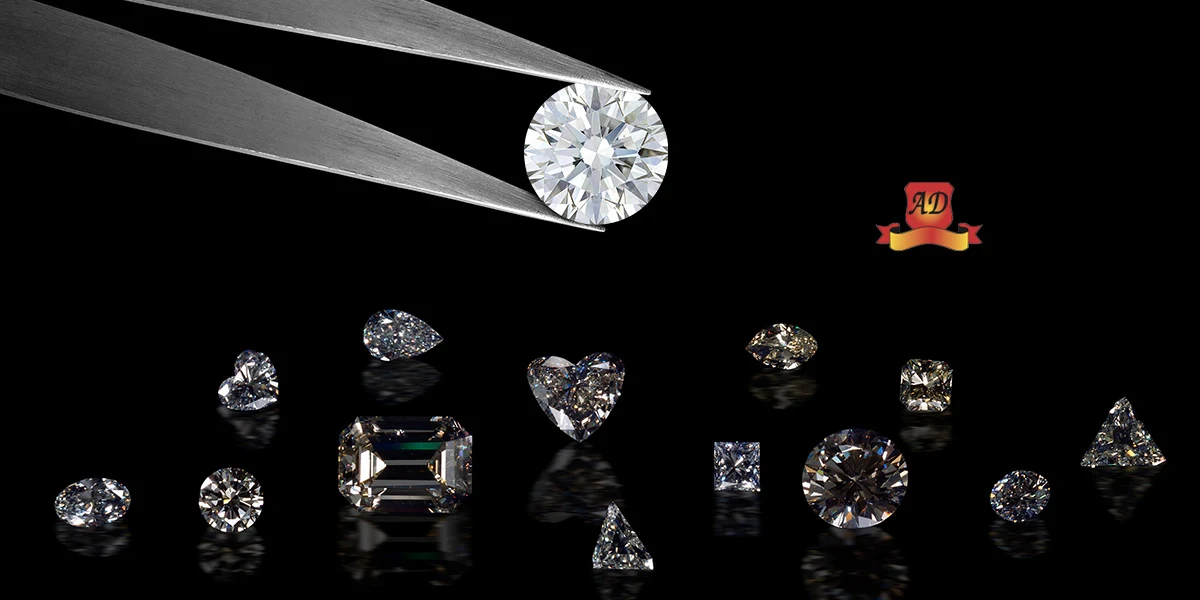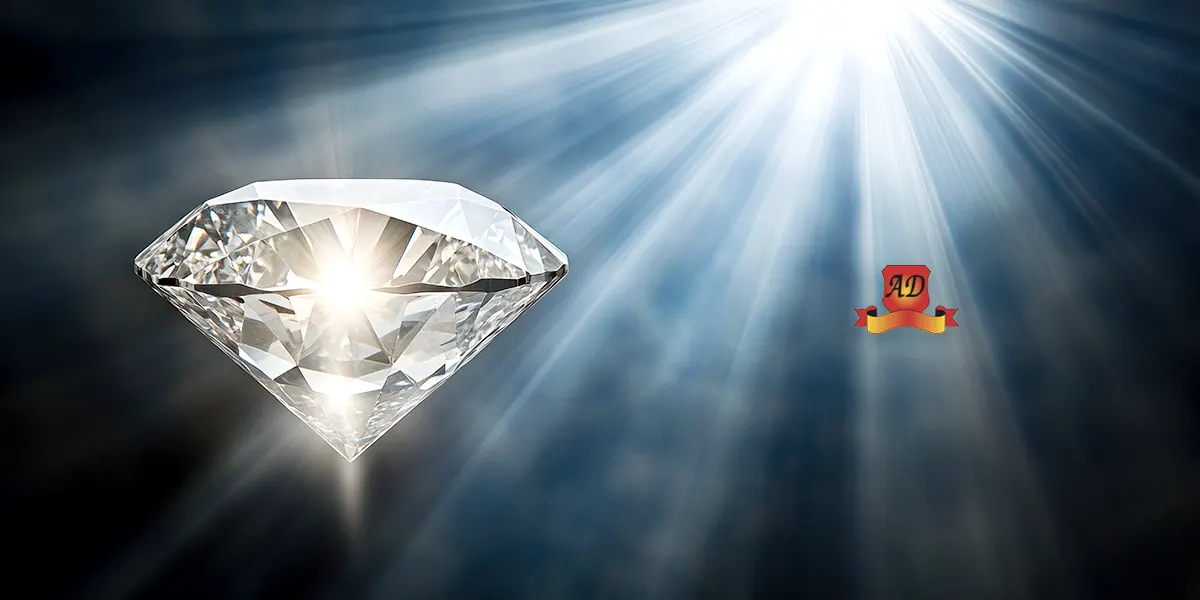Discover the multifaceted factors that contribute to diamond price beyond the 4C's. Read our blog to delve into the factors that define worth of a diamond.
Diamonds have long captivated the human imagination with their mesmerizing beauty and enduring allure. Yet, beyond their dazzling sparkle lies a world of intricate technical factors that determine diamond value and price. While many are familiar with the famous "4 C's" - cut, color, clarity, and carat weight - there is a wealth of additional factors that contribute to the worth of these precious gemstones.
Understanding the factors that determine worth of diamonds is akin to deciphering a complex code that unlocks the secrets of their value.
In the following sections, we will explore each of these technical specifications, shedding light on their significance and impact on diamond valuation.
4 C’s (Cut, Color, Clarity, Carat Weight)-
The four C's of diamonds—Cut, Color, Clarity, and Carat Weight—are essential criteria used to assess a diamond's quality and value. Together, these factors determine a diamond's overall desirability and worth in the market. To know more about the 4 c’s of diamonds, click here.
Blemish-
A blemish in a diamond refers to any external imperfection on its surface, such as scratches, nicks, pits, or polish lines. While blemishes don't affect the diamond's structure, they can impact its appearance and thus its value. Graded alongside clarity, fewer and less noticeable blemishes typically result in a higher value because they enhance the diamond's visual purity.
Brilliance-
Brilliance in a diamond refers to its ability to reflect and refract light, resulting in a dazzling display of brightness and sparkle. It's a crucial aspect of a diamond's overall appearance and attractiveness. Brilliance is primarily influenced by the quality of the diamond's cut, including its proportions, symmetry, and polish. A well-cut diamond will effectively bounce light internally and disperse it back through the top of the stone, creating a brilliant, scintillating effect. Diamonds with high brilliance are highly valued for their captivating beauty and are typically more sought after in the market.
Cleavage-
The propensity of crystalline minerals, such as diamond, to split in one or more directions either along or parallel to certain planes, when struck by a blow. Cleavage is one of the two methods used by diamond cutters to split rough diamond crystals in preparation for the cutting process (sawing is the other method).
Crown-
The crown of a diamond refers to the top portion of the stone, above the girdle, where the facets are located. It plays a crucial role in determining the diamond's overall appearance and brilliance. The crown angle, crown height, and crown facets all contribute to how light enters and exits the diamond, affecting its sparkle and fire.
Culet-
The culet of a diamond is the small facet at the bottom of the diamond's pavilion, where the facets converge. It's essentially the point or small facet at the very bottom of the diamond's pavilion. Historically, diamonds were cut with a culet to prevent the bottom tip of the diamond (the point) from being chipped or damaged. However, in modern diamond cutting, many diamonds are cut with either a very small culet or even no culet at all. The size and presence of the culet can affect the appearance of the diamond, particularly in terms of its brilliance and clarity.
Depth-
The depth of a diamond refers to the vertical measurement of the stone from the table (the flat top facet) to the culet (the bottom point). It is a crucial aspect of a diamond's proportions, impacting its brilliance, fire, and overall appearance. The depth percentage, calculated by dividing the diamond's depth by its diameter, helps assess how well the diamond has been cut.
Facets-
Facets are small, flat surfaces on the surface of a diamond that are created during the cutting and polishing process. These facets are strategically arranged to optimize the diamond's brilliance, fire, and sparkle by allowing light to enter and reflect within the stone. Overall, facets are essential elements of diamond cutting, influencing the diamond's brilliance, fire, and visual appeal. A well-cut diamond with precisely aligned facets will exhibit maximum sparkle and brilliance, making it highly sought after in the market.
Feathers-
Feathers are small fractures or cracks within a diamond that resemble the texture of feathers, hence the name. These internal flaws can vary in size and appearance, ranging from tiny hairline fractures to larger, more noticeable inclusions. Feathers are one of the most common types of inclusions found in diamonds and are typically caused by natural stresses in the earth's crust during the diamond's formation process. Diamonds with fewer and smaller feathers are typically graded higher on the clarity scale and are considered more valuable because they exhibit greater purity and transparency.
Fluorescence-
Fluorescence is an optical phenomenon exhibited by some diamonds, where they emit a soft glow when exposed to ultraviolet (UV) light. This fluorescence is typically blue, but it can also appear white, yellow, or other colors. It's important to note that fluorescence is just one of many factors to consider when evaluating a diamond. Ultimately, the most important aspects are the diamond's cut, color, clarity, and carat weight, as well as how its fluorescence affects its appearance to the individual viewer.
Inclusions-
Inclusions are natural occurrences and are unique to each diamond. The impact of inclusions on a diamond's appearance and value depends on their visibility and prominence. Diamonds with fewer and smaller inclusions are typically graded higher on the clarity scale and are considered more valuable because they exhibit greater transparency and purity. When purchasing a diamond, it's crucial to consider the presence and visibility of inclusions.
Length-to-width-ratio-
The length-to-width ratio of a diamond is a measurement that compares the length of the diamond to its width. It's calculated by dividing the length of the diamond by its width. For example, a diamond with a higher length-to-width ratio will appear longer and more elongated, while a diamond with a lower ratio will appear shorter and more squat. The ideal length-to-width ratio can vary depending on personal preference and the specific shape of the diamond.
Polish-
Polish in diamonds refers to the quality of the diamond's surface finish, determined by the smoothness and cleanliness of the facets. A diamond with excellent polish will have smooth, well-defined facets that reflect light evenly, enhancing its brilliance and sparkle. Diamonds with excellent polish are highly valued for their exceptional shine and are often preferred in the market. The GIA polish grades are: Excellent, Very Good, Good, Fair and Poor.
Symmetry-
Symmetry in diamonds refers to the precision and balance of the diamond's facets and overall proportions. A diamond with excellent symmetry will have facets that are precisely aligned and symmetrical, creating a harmonious and uniform appearance. Symmetry is an important factor to consider when evaluating a diamond's quality and value, as it directly impacts the diamond's visual appeal and overall beauty.
Table-
The "table" refers to the large, flat facet on the top of the diamond. It's one of the most prominent facets and plays a crucial role in determining the diamond's overall appearance and brilliance.
These factors are also detailed in the diamond certificate, providing buyers with a comprehensive understanding of the gem's characteristics. A reputable diamond certificate, often issued by renowned gemological laboratories like the Gemological Institute of America (GIA) or the American Gem Society (AGS), includes precise information. These certificates serve as a reliable reference point for both buyers and sellers, ensuring transparency and confidence in the diamond's quality and value.
Knowledge of technical specifications empowers diamond seekers to make informed decisions, prioritize their preferences, communicate effectively, and develop a deeper appreciation for the beauty and craftsmanship of diamonds. Whether purchasing diamonds for reselling, investment, or personal collection, understanding these factors are invaluable for ensuring a satisfying and rewarding diamond-buying experience.
For more such insights and information, stay connected with Anita Diamonds, a trusted dealer of natural diamonds in Antwerp.





